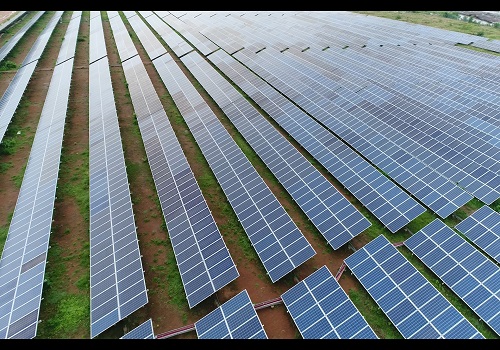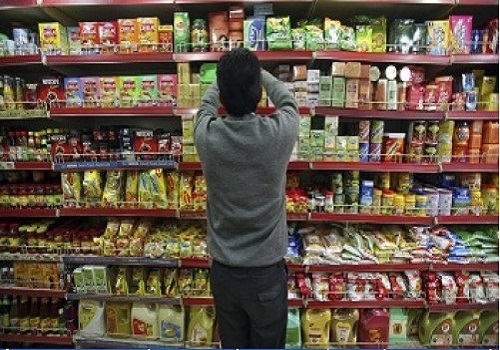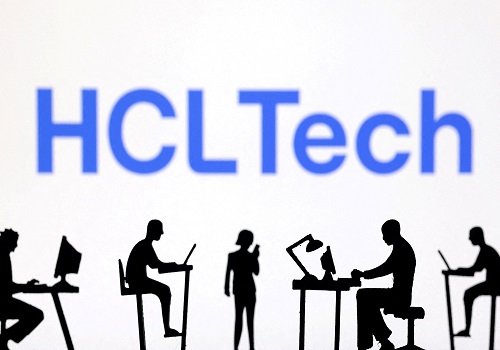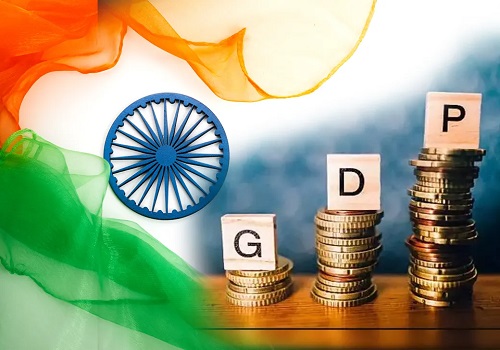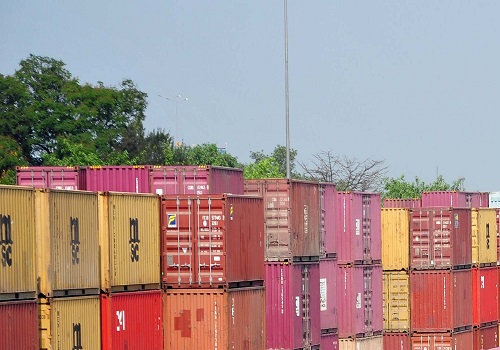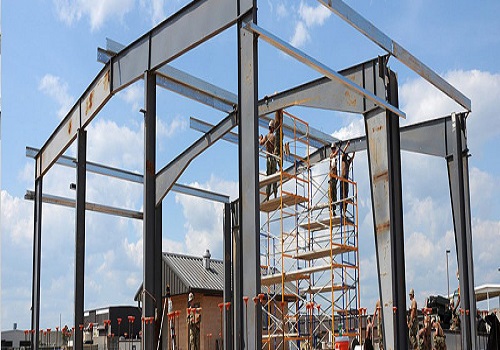E-commerce platforms see over Rs 1 lakh crore worth sales in India festive season

As private consumption surges in smaller cities and towns in India which is driven by high pent-up demand and premiumisation wave, the e-commerce platforms registered more than Rs 1 lakh crore in gross merchandise value (GMV) in the month-long festive season.
According to industry data, this is more than 20 per cent growth from last year’s festive sales on major e-commerce platforms in the country. The first week of festive sales (which began on September 26) alone saw business worth Rs 55,000 crore, which is almost half of the total sales.
This festive season’s increase in sales was estimated at over 23 per cent by e-commerce consultancy Datum Intelligence.
Mobiles, electronics and fashion categories gained momentum while other categories (beauty and personal care, home and quick-commerce-led grocery) had a better business as usual (BAU) performance.
Quick commerce, which saw significant traction in 2023, contributed approximately 8 per cent to overall e-commerce growth, up from 5 per cent last year.
Smartphones emerged as the top-selling category, with online sales accounting for almost 65 per cent of all smartphone purchases during the festive season. The demand for premium brands surged.
Tier 2 and beyond cities contributed to more than 70 per cent of the premium smartphone sales for Amazon.
More than 85 per cent customers came from non-metro cities and over 50 per cent of TV purchases came from tier 2 and 3 cities. Demand for large appliances from tier 2 cities grew by 25 per cent, with customers preferring air conditioners and refrigerators, according to Amazon India.
As brands looked to capitalise on the festive demand, several of them strategically leveraged e-commerce platforms to cater to the aspirational customers’ needs and reached the relatively less accessible customers in tier 2 cities and beyond.
Newer categories such as home and kitchen appliances saw traction on quick commerce platforms, helping the platforms boost their average order values and profitability.
